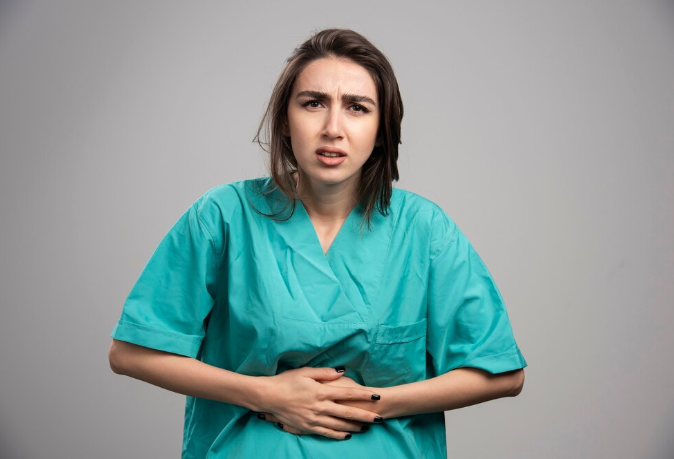What is gonorrhea?
Gonorrhea is a STD that infects both men and women. Gonorrheal infection affects the genitals, rectum, and even throat. It is very common especially among young people within the age of 15-24 years.
How is gonorrhea spread?
Gonorrhea is contracted by having oral, vaginal, or anal intercourse with someone who has the disease. A pregnant woman infected with gonorrhea can also pass the infection to the baby during childbirth.
How can I reduce my risk of getting gonorrhea?
- Abstain from vaginal, anal, or oral sex.
- A monogamous relationship with a partner who has tested negative
- Using latex condoms correctly every time you have sex, also reduces the chance of transmission.





 19 Oct 2024
19 Oct 2024